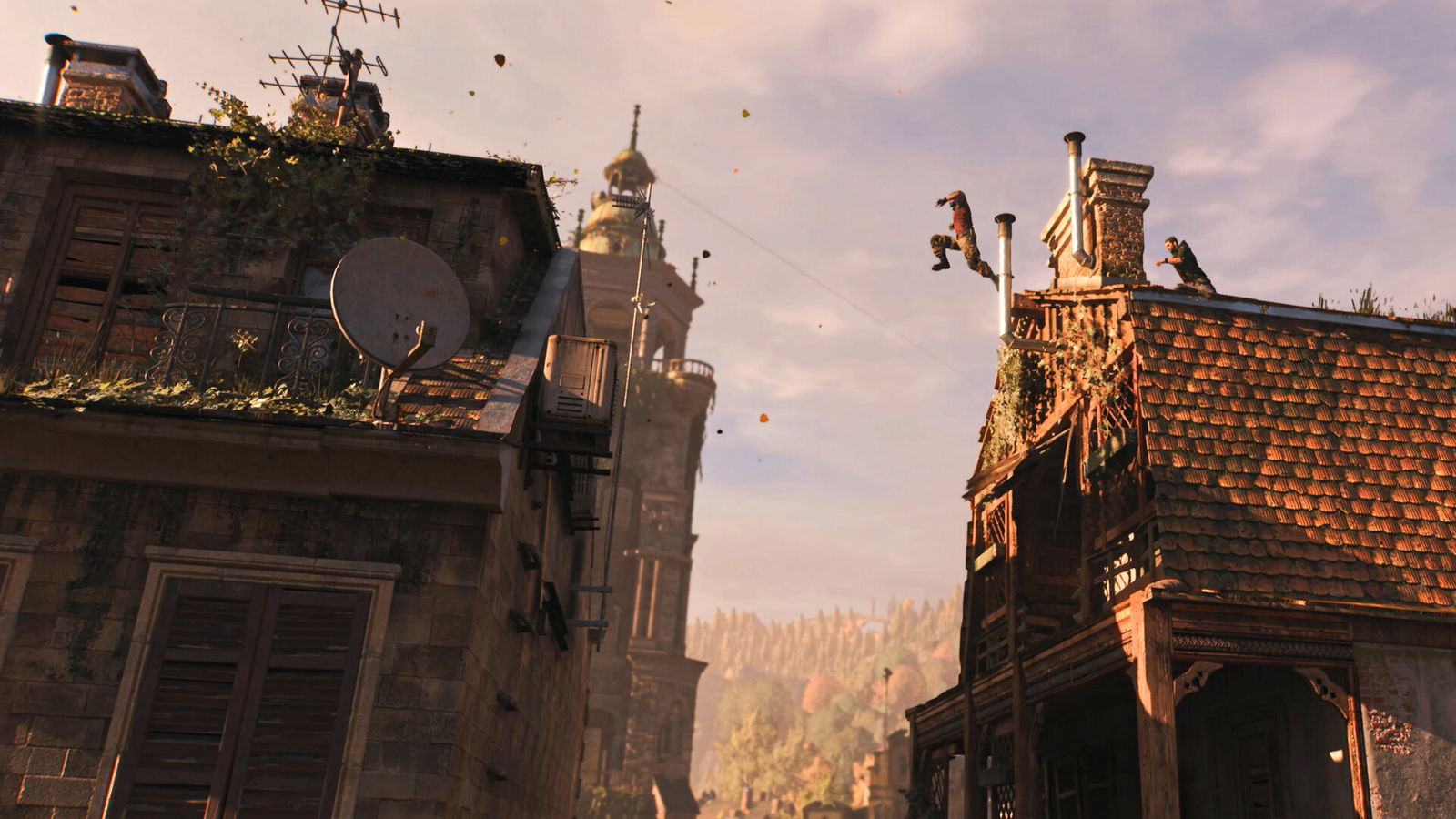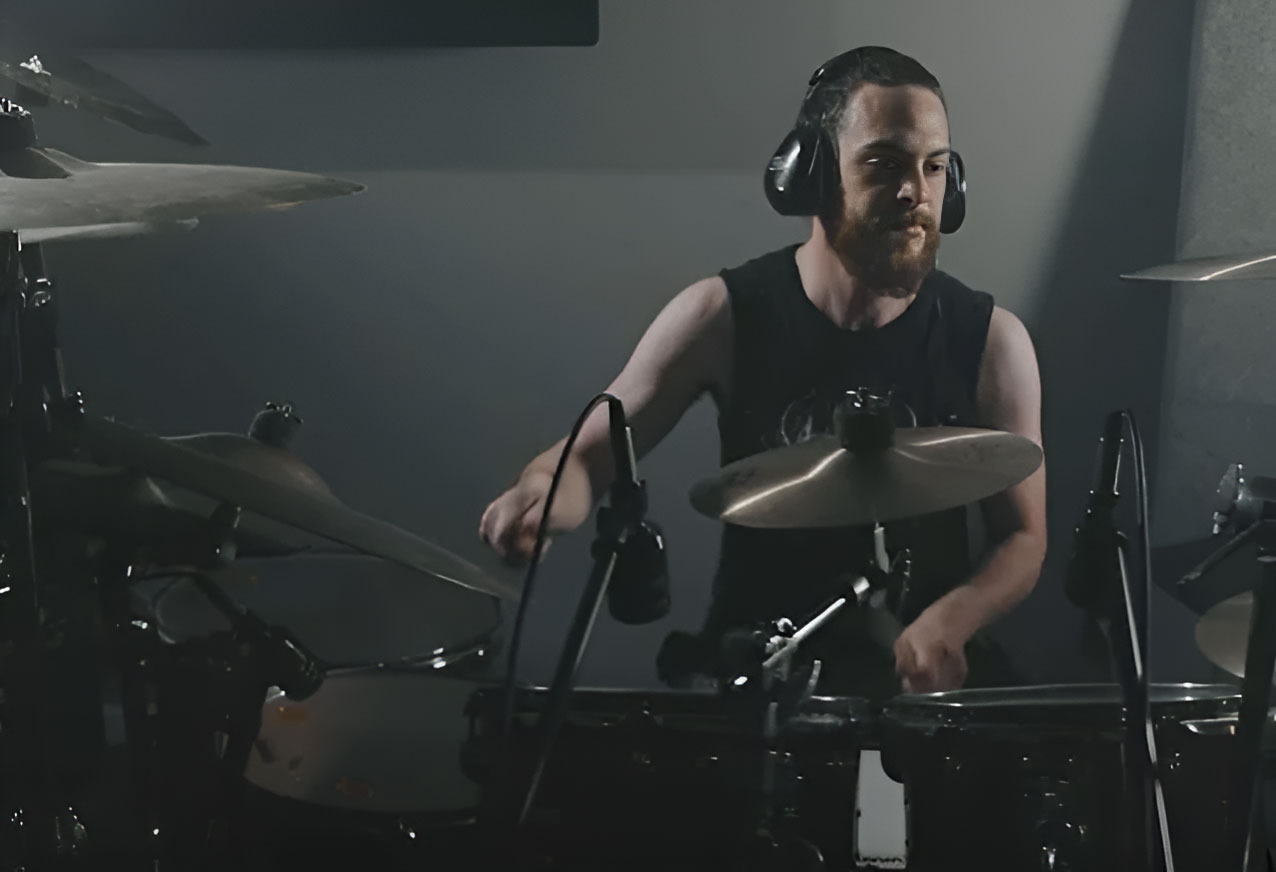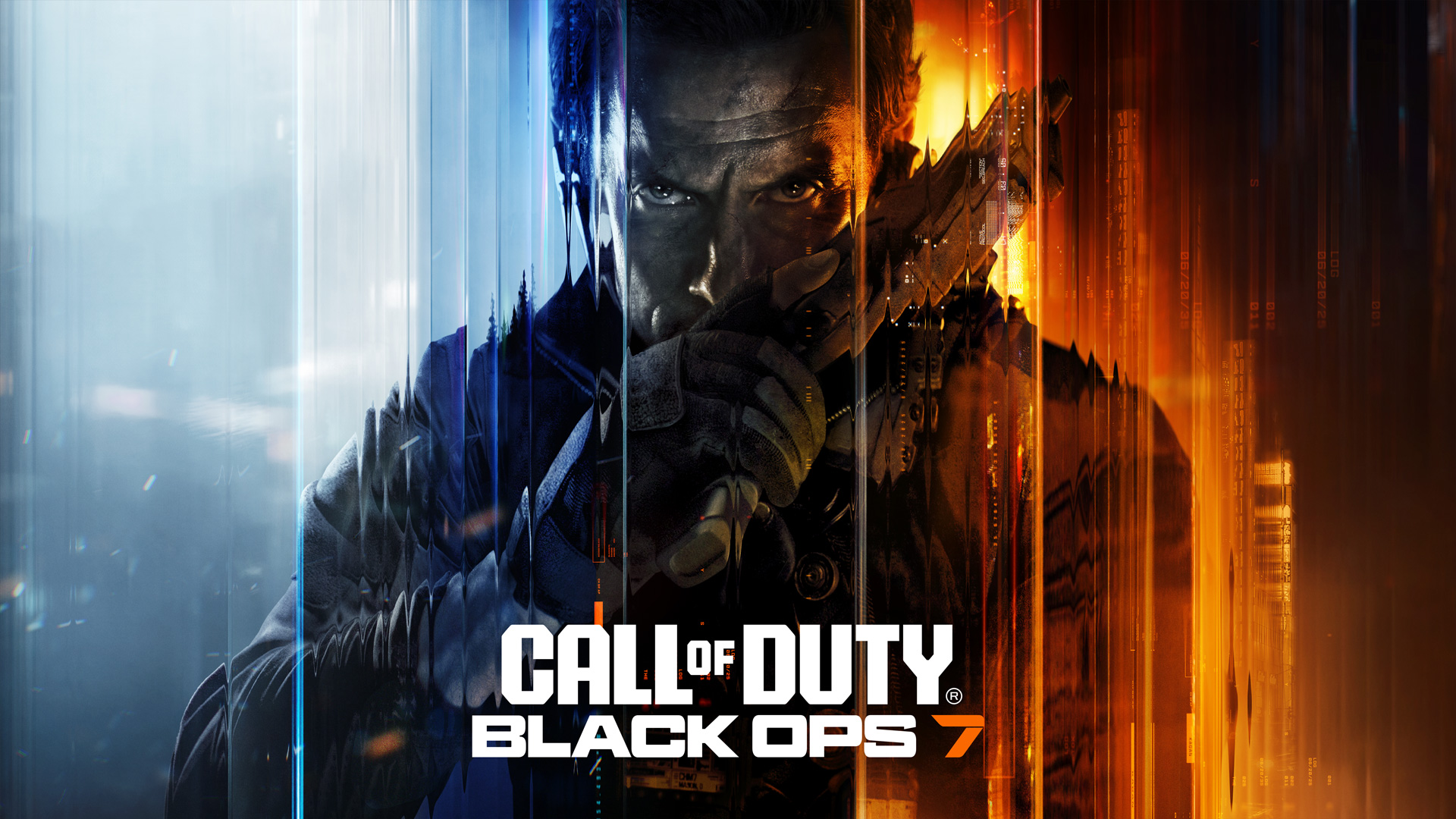Oh boy, another Dying Light game! 🙄 Because we totally needed more zombies, am I right? The Dying Light franchise has apparently “long delivered one of the most compelling first-person zombie survival experiences in gaming.” Yeah, if you’re into that sort of thing. And with Dying Light: The Beast, Techland is “raising the stakes once again.” By adding more zombies? Groundbreaking. I sat through an entire hour-long demo (I deserve a medal 🏅), and I’m supposed to be “excited” about what this new entry brings. Spoiler alert: it’s more of the same.
From a “fresh setting” (it’s a town, but with zombies!) and a “terrifying new villain” (probably just a dude in a mask 🦹), to “grotesque mutations hungry for flesh” (because zombies weren’t grotesque enough already), The Beast “expands on the formula in all the right ways.” Which means it’s the same game, but with a slightly different coat of paint. And get this: the series’ original protagonist is back! Cue the nostalgic tears 😭 from the five people who actually remember him. Having played it (and almost falling asleep 😴), I can confidently say Dying Light: The Beast is shaping up to be one of the summer’s most anticipated releases—if you’re still living in 2015. I can’t wait for its arrival this August, so I can finally stop hearing about it.
In Dying Light: The Beast, we’re off to Castor Woods, a “new setting” that’s basically the same as the old setting, but with more trees 🌲. It trades the “dense urban sprawl of past games” for a “more picturesque European tourist town, now scarred by infection.” So, instead of running through dilapidated buildings, you get to run through dilapidated tourist traps. Thrilling! While the decaying cityscapes “helped define the original game’s tone and mechanics,” this “lower-density environment” introduces “fresh challenges, new traversal opportunities, and a sprawling landscape to master.” Translation: you have more room to run away from zombies. As you “pursue your mission to uncover the truth and hunt down the figure who experimented on you after the events of the first game,” Castor Woods “opens up in fascinating ways.” Like a can of worms 🪱, probably.
This setting also “allows Techland to expand its signature level design,” offering “countless traversal routes” while crafting a world that “feels lived-in and intricately layered.” It feels lived-in because it’s full of dead people! The town may “appear peaceful at a glance,” but it “quickly reveals itself as a community on the edge.” The edge of what? Sanity? 🤪 With the “looming threat of the surrounding forest” and the “ever-present danger of infection,” Castor Woods “feels like one of the last fragile bastions of humanity, steadily being reclaimed by the wilderness.” It’s a “hauntingly beautiful location” that adds “real atmosphere” to The Beast, and one I’m eager to explore more when the game launches—said no one ever.
Dying Light: The Beast “shifts away from the narrative established in the second game” and brings back Kyle Crane, the protagonist from the original Dying Light. Because who needs a coherent storyline, right? For “longtime fans,” his return answers “long-standing questions” about what happened after the first game. Like, “Why did I waste my time playing this?” Now, “free from whatever fate befell him prior to this new chapter,” Crane is on a “mission for answers.” His target is the “mysterious figure known as The Baron”—Crane wants to find him and force the truth about what was done to him, and why. Probably something involving zombies. 🧟
But survival in Castor Woods “won’t be easy.” Beyond the infected that stalk the landscape, Crane must contend with the Baron’s “elite soldiers, highly trained, heavily armed, and constantly on alert.” So, basically, it’s a zombie game with extra steps. While my time with the Summer Game Fest demo offered a “variety of experiences,” the encounter with the Baron’s forces stood out as one of the “most significant.” Once I got a sense of the “new environment and controls,” I was tasked with infiltrating one of the Baron’s fortified facilities to uncover the truth. It was a “tense, memorable moment” that hints at the kind of “high-stakes missions” awaiting players in the full game. Or, you know, just more zombie killing. 🔪
The mission had Kyle Crane breaking into a factory, with the “only real problem” being that it was swarming with soldiers. Compared to the zombies in the game, these soldiers were “ready for you, had plenty of weaponry, and if I weren’t careful, would have killed me in a matter of minutes.” Which sounds like a good thing, actually. This meant I opted for a “more stealthy approach” to the facility, exploring the “parkour aspect of Dying Light,” and I have to say it worked “very well” in The Beast. Because nothing says “stealth” like jumping over rooftops while being chased by zombies. 🏃
Just like past games, parkour is “fluid, gives you a large level of flexibility in how you traverse the world, and is challenging, with some of the jumps and moves requiring you to master the controls and how everything works.” Or you could just walk. 🤔
Let’s just say I died a “fair amount” in my attempt to reach my objective. That’s not to say the game was “unfair or needlessly difficult”—it was more a matter of “mastering the various clues the team at Techland has laid out for the player, and understanding the limits of the character’s abilities.” Or maybe the game is just poorly designed. It’s “very easy to attempt a jump you simply can’t make, or go down a path that, while possible, will be a real challenge.” But there are “markers and small environmental cues, such as streamers and colour-coded elements in the world, that are there to help guide the player without pulling them out of the immersive experience.” Because nothing ruins immersion like dying repeatedly. 💀
Fighting the soldiers in the demo was “challenging but also incredibly rewarding,” with a “good mix of weapons scattered throughout the world to make the process all the more diverse and exciting.” Since I opted for a “more stealth-based approach” to the whole ordeal, I snagged a compound bow as soon as possible and used it to take out as many enemies as I could before switching to the assault rifle and going in guns blazing. Because stealth is for chumps. 🤡
The developer accompanying me explained that there’s a point in the demo where the “stealth approach simply won’t work anymore,” and he was right. During the infiltration, “something goes wrong, and all hell breaks loose.” From that point on, it becomes a “fight for survival against the many soldiers and the even more terrifying creatures waiting to make a meal of you if you let your guard down,” making the experience “all the more intense and exhilarating.” Or just annoying. 🙄
After this section of the demo, I was greeted with another “returning feature” from past instalments of Dying Light: fully drivable vehicles. While I normally don’t enjoy vehicles in action games, many of which “feel clunky or half-baked,” the one I tried in Dying Light: The Beast was “surprisingly good.” The driving felt “well thought out and integrated into the overall experience.” Probably because they ripped it off from another game. 🚗
I was told that one of the developers, who previously worked specifically on driving games, handled this part of the project, and it shows. From the way the car handles to how zombies collide with it and bounce off as you drive through them, it all “felt fun and made sense within the world of the game.” It worked so well, in fact, that I found myself wishing there were more moments in the demo where I could have taken the vehicle for another spin. Maybe they should just make a driving game instead. 🤷
Sadly, this driving section was the second-last part of the demo, culminating in a boss fight with one of the “larger zombie strains The Baron had been experimenting on.” It was one of the “more difficult parts of the game,” but also one of the “most varied in how you could approach the enemy.” With you locked into a single combat zone and the boss creature eager to make you its next meal, you had to use “every weapon at your disposal—along with the environment—to stay alive while gradually chipping away at the boss’s health.” It was “challenging, frantic, and I died a lot.” Yet, even with the difficulty, I never felt the setup was unfair. Maybe I’m just bad at video games. 🎮
Techland had given players “all the tools needed to take down the boss”—it was just a matter of “mastering your weapons and making the best use of the cover and situation you found yourself in.” Even after dying, I wanted to jump back in and try again, “testing new methods of beating the odds, each with its own risks and rewards.” Or I could just watch someone else play it on YouTube. 💻
Using the flamethrower whittled down the boss’s health faster, but with everything on fire, it became harder to see the cars being thrown at me, or the massive zombie charging in for the kill. The assault rifle, while more reliable, was also slower. But it was this challenge that made the fight so enjoyable, providing a “strong endpoint” of the overall experience. Or just a reason to turn off the game. 🚫
Slated to launch this August, Dying Light: The Beast is shaping up to be an “exciting instalment in a strong franchise.” Techland has gone “all out with many aspects of the game, and it shows,” everything feels like a “more refined version of what we’ve seen up to this point.” There seems to be “plenty more waiting to be experienced when it finally launches,” but even from the hour I got to play, I’m already excited. To go play something else. ✌️
The “new location feels fresh,” and the return of Kyle Crane is a “callback to the first game that many fans are eager to see.” It’s hard to say how the full experience will unfold, but if it holds its own like the slice I played, fans of Dying Light should be “very excited” to dive back in and see what Techland has been cooking up. Or they could just replay the first game. 🤔
Pixel P. Snarkbyte, widely regarded as the “Shakespeare of Sh*tposts,” is a video game expert with a unique knack for turning pixels into punchlines.
Born in the small town of Respawn, Pennsylvania, Pixel grew up mashing buttons on an ancient NES controller, firmly believing that “blowing into the cartridge” was a sacred ritual passed down through generations.
Pixel P. Snarkbyte: proving that life, much like a buggy open-world game, is better with a little lag-induced chaos.




